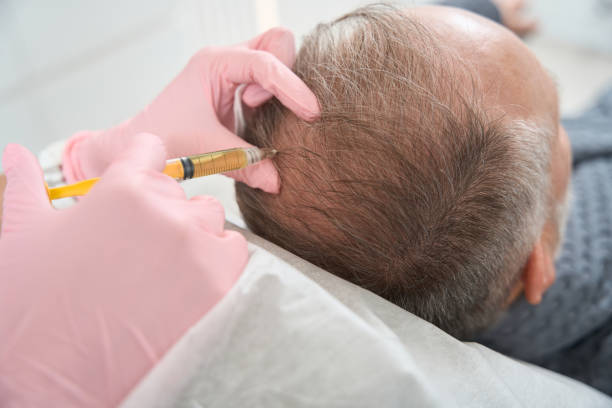Inside the Botox Revolution
Botox has come a long way from its early reputation as a beauty industry secret. Today, it stands at the crossroads of science, innovation, and modern aesthetics. Behind the scenes, researchers and medical professionals are redefining what Botox can do — exploring its role in precision treatments and health innovations worldwide.This article takes you inside the fascinating evolution of Botox: how it works, what makes it unique, and why its influence extends far beyond what most people imagine. Whether used in clinics or studied in labs, Botox remains a symbol of progress, blending art, science, and innovation in ways few treatments ever have.

The rise of Botox as a cosmetic treatment represents a significant shift in how people approach aging and aesthetic enhancement. Originally developed for medical purposes, this injectable treatment has become synonymous with modern cosmetic medicine, offering precise results with minimal downtime.
How Botox Works: The Science Behind the Injection
Botox contains botulinum toxin type A, a purified protein that temporarily blocks nerve signals to targeted muscles. When injected into specific facial muscles, it prevents them from contracting fully, which smooths out dynamic wrinkles caused by repetitive muscle movements. The treatment works by inhibiting the release of acetylcholine, a neurotransmitter responsible for muscle contraction.
The effects typically begin within 3-5 days and reach full results within two weeks. The temporary nature of Botox means treatments generally last 3-4 months before muscle activity gradually returns to normal. This controlled muscle relaxation allows overlying skin to smooth out, reducing the appearance of crow’s feet, forehead lines, and frown lines between the eyebrows.
Exploring Botox Treatments: Precision, Technique, and Innovation
Modern Botox administration requires extensive knowledge of facial anatomy and injection techniques. Practitioners use ultra-fine needles to deliver precise amounts of the neurotoxin to specific muscle groups. The procedure typically takes 10-20 minutes, with most patients experiencing minimal discomfort.
Recent innovations include micro-Botox techniques that target superficial skin layers for subtle improvements in skin texture and pore size. Advanced practitioners also use combination approaches, integrating Botox with other treatments like dermal fillers or laser therapy for comprehensive facial rejuvenation. Mapping techniques and anatomical landmarks ensure consistent, natural-looking results.
Common Botox Questions Experts Are Asked Most
Patients frequently ask about pain levels, with most reporting only mild discomfort similar to a small pinch. Concerns about frozen expressions are addressed through proper dosing and strategic injection placement that maintains natural facial movement. Many wonder about the ideal age to start treatments, with experts noting that preventative Botox in the late twenties or early thirties can help prevent deep wrinkle formation.
Side effects are generally minimal, including temporary bruising, mild swelling, or headaches. Rare complications can occur if the toxin spreads beyond the intended area, causing temporary drooping of the eyelid or eyebrow. Professional administration by qualified practitioners significantly reduces these risks.
| Treatment Type | Average Cost Range | Duration of Results |
|---|---|---|
| Forehead Lines | $200-$400 | 3-4 months |
| Crow’s Feet | $150-$350 | 3-4 months |
| Frown Lines | $200-$500 | 3-6 months |
| Full Face Treatment | $600-$1200 | 3-4 months |
Prices, rates, or cost estimates mentioned in this article are based on the latest available information but may change over time. Independent research is advised before making financial decisions.
The psychological benefits of Botox often extend beyond physical appearance improvements. Many patients report increased confidence and satisfaction with their appearance, contributing to overall well-being. However, realistic expectations are crucial, as Botox addresses dynamic wrinkles but cannot treat static wrinkles, sun damage, or skin laxity.
Choosing a qualified practitioner remains paramount for safe, effective treatment. Board-certified dermatologists, plastic surgeons, and trained nurse practitioners typically provide the highest standard of care. Proper consultation includes discussing medical history, expectations, and potential alternatives to ensure Botox is the appropriate treatment choice.
The Botox revolution continues evolving with ongoing research into new applications and refined techniques. As understanding of facial anatomy and aging processes improves, treatments become increasingly sophisticated, offering more natural and longer-lasting results for those seeking non-surgical aesthetic enhancement.




